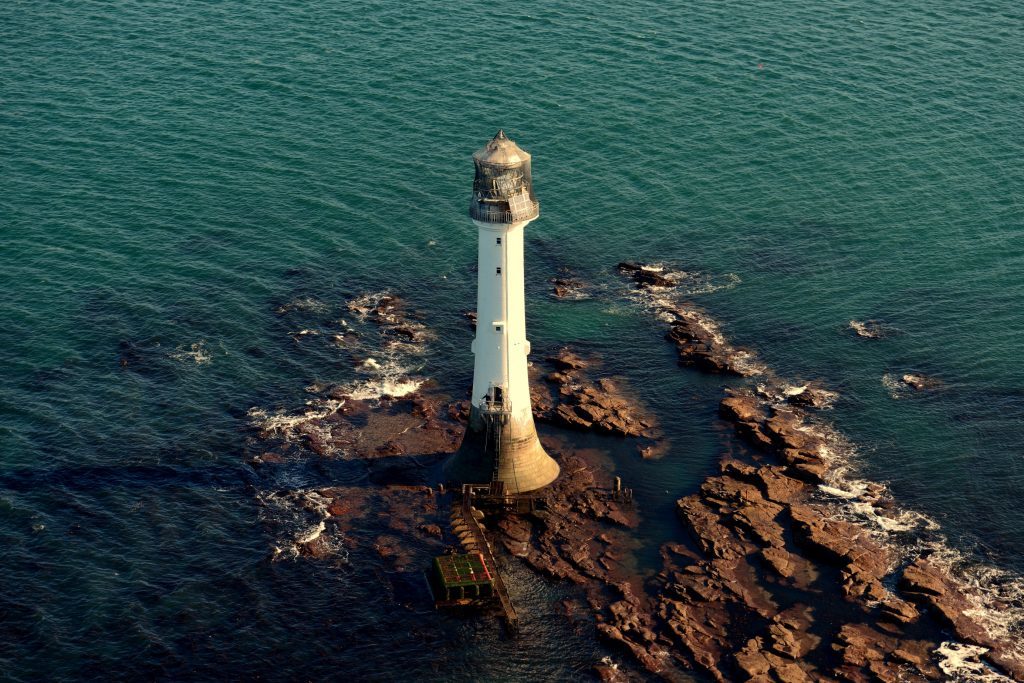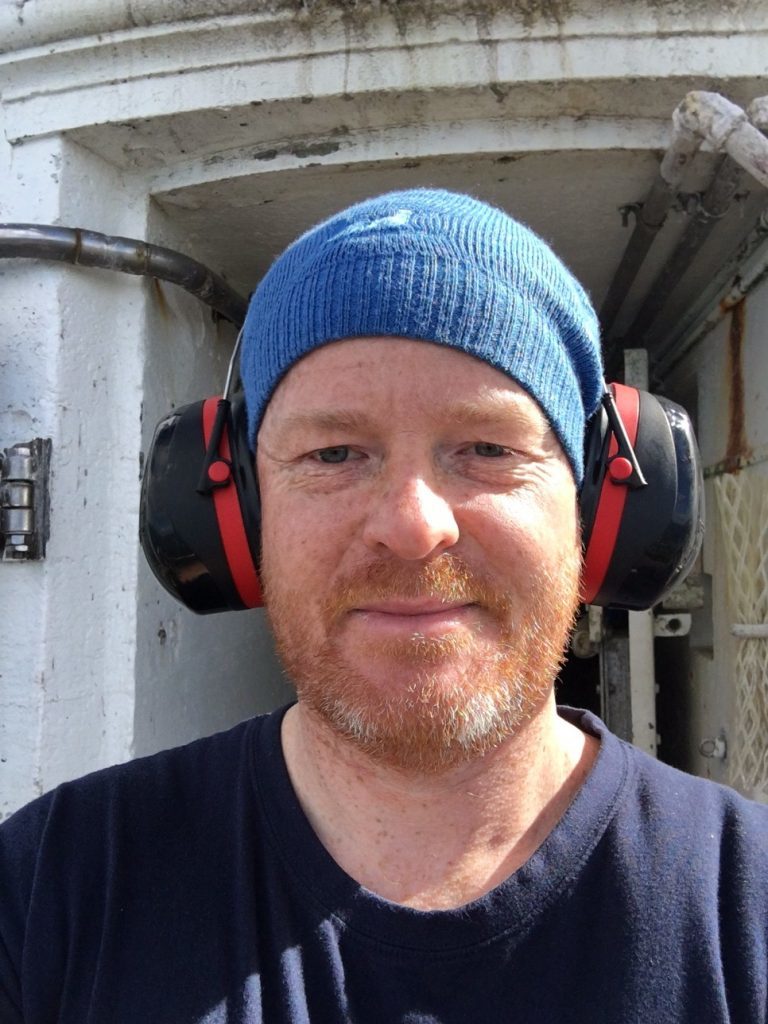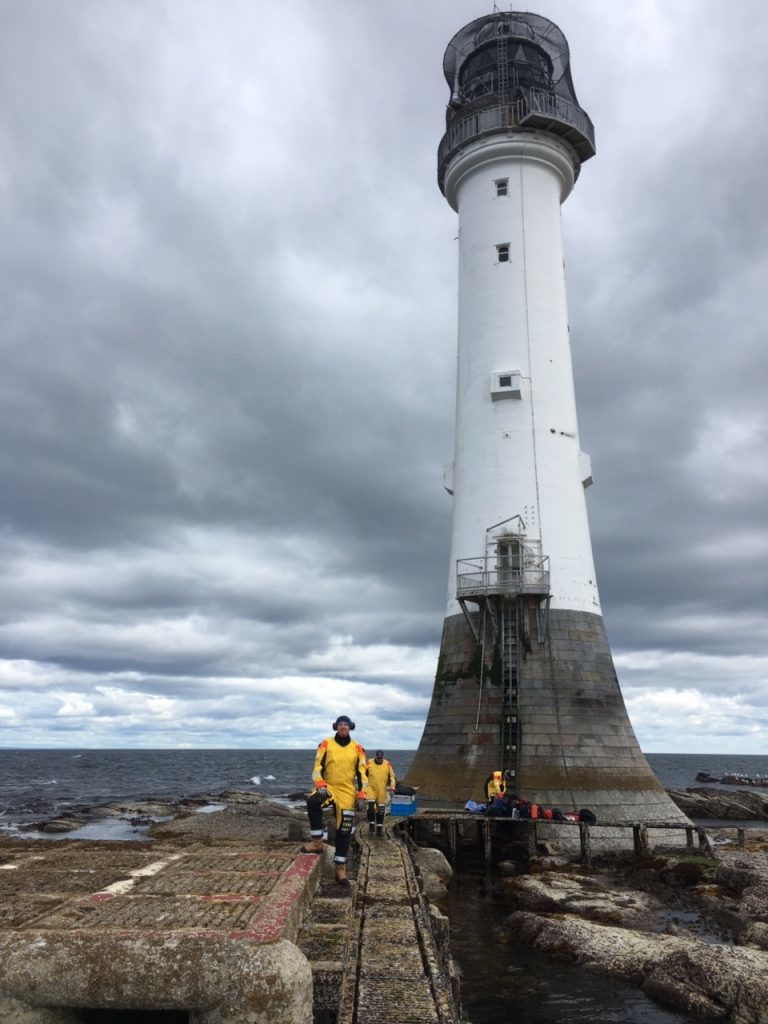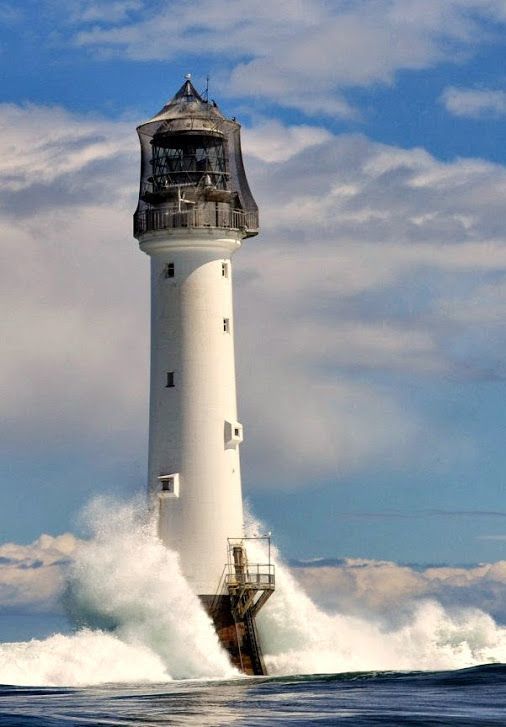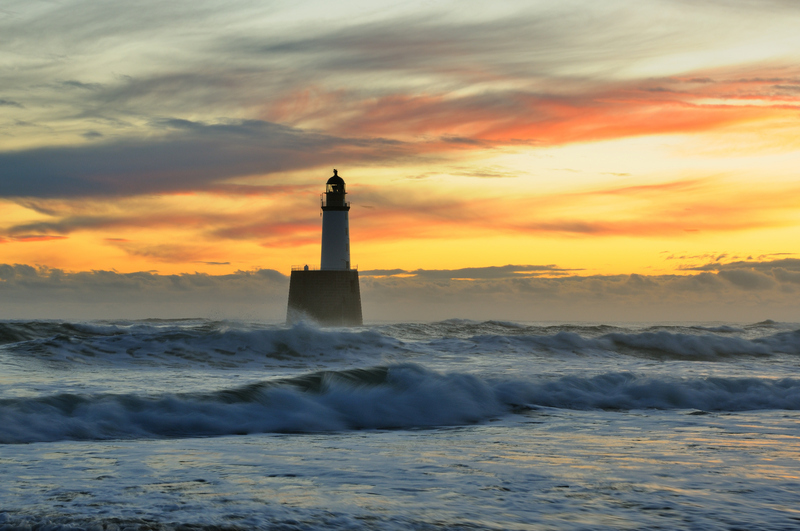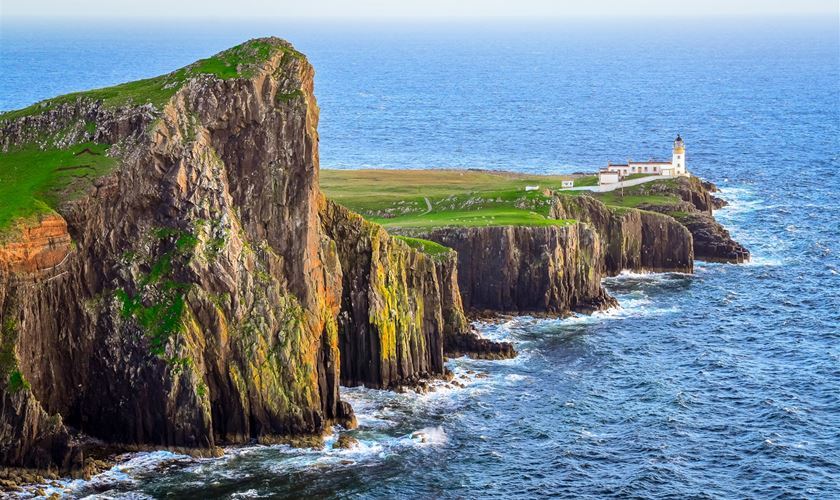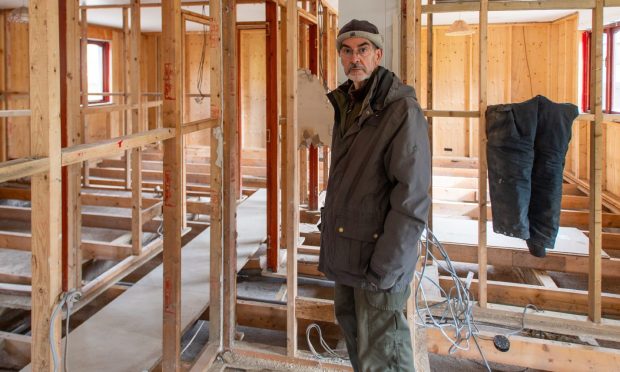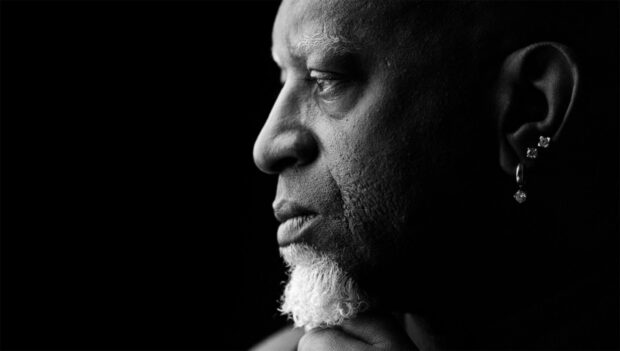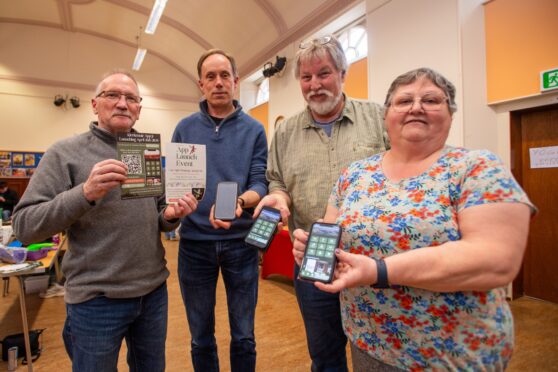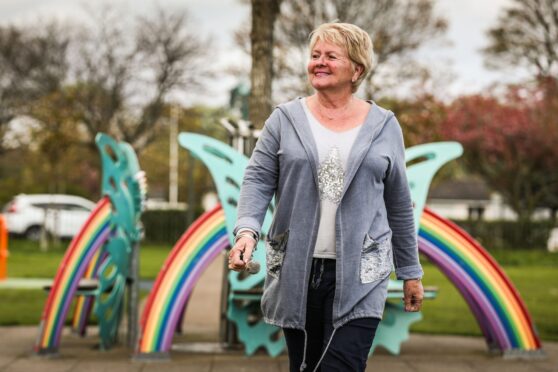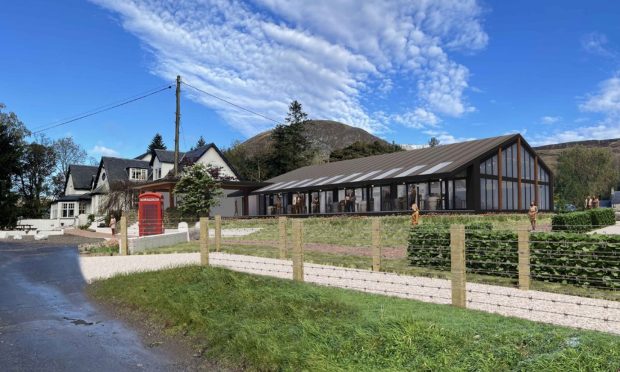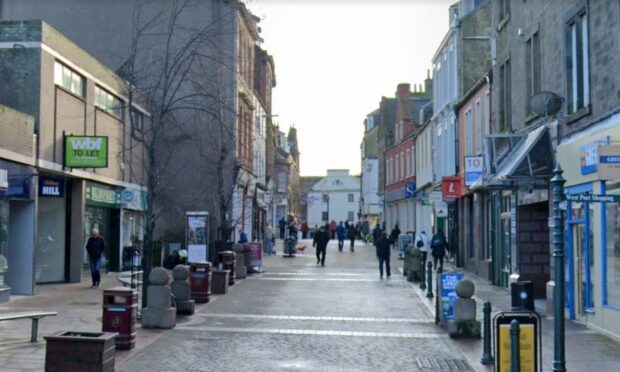One of the great engineering achievements of the 19th century, the Bell Rock lighthouse off the coast of Arbroath still inspires awe. Michael Alexander speaks to one of the technicians who helps keep its light shining bright.
It’s almost 20 years since the last Scottish lighthouse keeper locked the door behind him, heralding in a new era of automation that had been rolling out since the 1960s.
But even now in the digital world of the 21st century, technicians are still required to maintain Scotland’s 206 working lighthouses – and, in the case of the iconic Bell Rock, perched on the treacherous Inchcape reef 11 miles off Arbroath, that can involve teams spending several weeks at sea.
One man who knows all about life on the Bell is 42-year-old father-of-two Craig Pake from Broxburn, West Lothian.
The electrical engineering technician has been employed by the Northern Lighthouse Board since 1998.
He has made around 25 trips to the Bell during those years.
And while most of his job organising site surveys is now office-based, he is still part of an elite group who make regular trips to the oldest existing rock lighthouse in the UK.
“I’ve been told that more people have been up Everest than have stayed over at the Bell Rock,” explains Craig, who returned from his latest survey trip to the lighthouse a fortnight ago.
“On a normal maintenance trip, usually done once a year, you could be there for 12 days. You look to go on the Monday and return the following Friday. It depends on the tides. You could be there 10, 12, or 14, 15 days.
“But sometimes subcontractors rent a space on the Bell Rock, so you’ve got to go out and facilitate them more often.
“It’s the sort of place that a lot of people would bite your hand off to visit.
“Depending on the waves and the direction, when they hit the tower it feels like there’s a vibration. “Obviously if there’s a door open it’s like the wind blasting up. But you never feel in any danger. It’s a sturdy structure. It’s been there for so long. I’ve been out there when it’s been snowing, gale forces winds, beautiful sunshine – all conditions.”
The 35 metre (115 ft) tall Bell Rock lighthouse was built between 1807 and 1810 by Robert Stevenson following centuries of vessels being wrecked on the Inchcape reef.
The challenges faced in its construction have led to it being described as one of the Seven Wonders of the Industrial World. The surface of the rock is uncovered at low water while at high water it can be submerged to a depth of 16 feet.
Yet despite being automated since 1988 and the advances in maritime navigation technology, its role in saving lives remains as important as ever.
Growing up in landlocked Broxburn, yet familiar with the sea from family holidays to Burntisland and Montrose as a child, Craig was just 23 when he started work with the Northern Lighthouse Board.
Having studied for an NC in electronic engineering at Bathgate Technical College, and then serving his time with a local business, he was keen to get a job that enjoyed travel and replied to an advert in the Sunday Post for an electrical/electronic artifice.
He started with the lighthouse board in September 1998 just six months after Scotland’s last lighthouse was automated with a ceremony at Fair Isle South.
Following automation, his role was to help maintain the electrical systems, the lanterns, the optics, the battery systems and engines required to keep the lights in good working order.
It was to be 18 months, however, until he first made it to the Bell – a trip he would never forget and which taught him how to be self-sufficient in more ways than one.
“On my first day in the office they were going to send me to the Bell Rock,” he recalls, “but being so young, just being in the door, they decided against it and sent me to St Abbs.
“I’d been in the job about a year-and-a-half when they sent me to the Bell, flying be helicopter from Dundee Airport.”
Craig’s role is now less about maintenance and more about site surveys.
But because of his maintenance background, if technicians are unavailable, he’ll get asked to go because of his relevant experience.
He adds: “When I first started at 23 I was quite young and shy. My cooking skills were not very good. “I maybe wasn’t the most domesticated. But when you are staying on these lighthouses you take a turn at cooking, and obviously with the confined space, you’ve got to tidy up and try and get on well with your colleagues. So it’s been a phenomenal job.”
Craig, who reached a national audience when he was interviewed by Chris Evans on his BBC Radio Two Breakfast Show last week, is off to Cape Wrath this week.
While he still enjoys travel, he emphasises that the job is ultimately about keeping sea traffic safe.
He adds: “Ultimately our role is to keep the lighthouses reliable. For the amount of transport and goods that are transported and ferried by sea, they are an essential part of the early warning for the coastline. They are lifesavers and our job is to make sure they work.”
